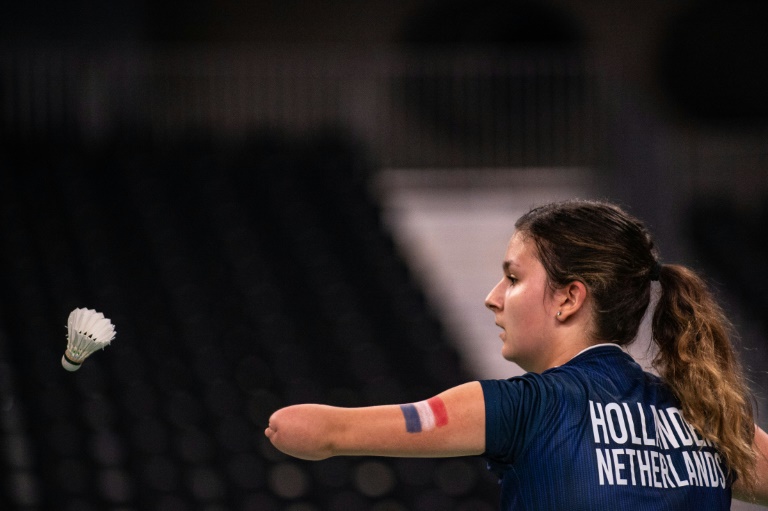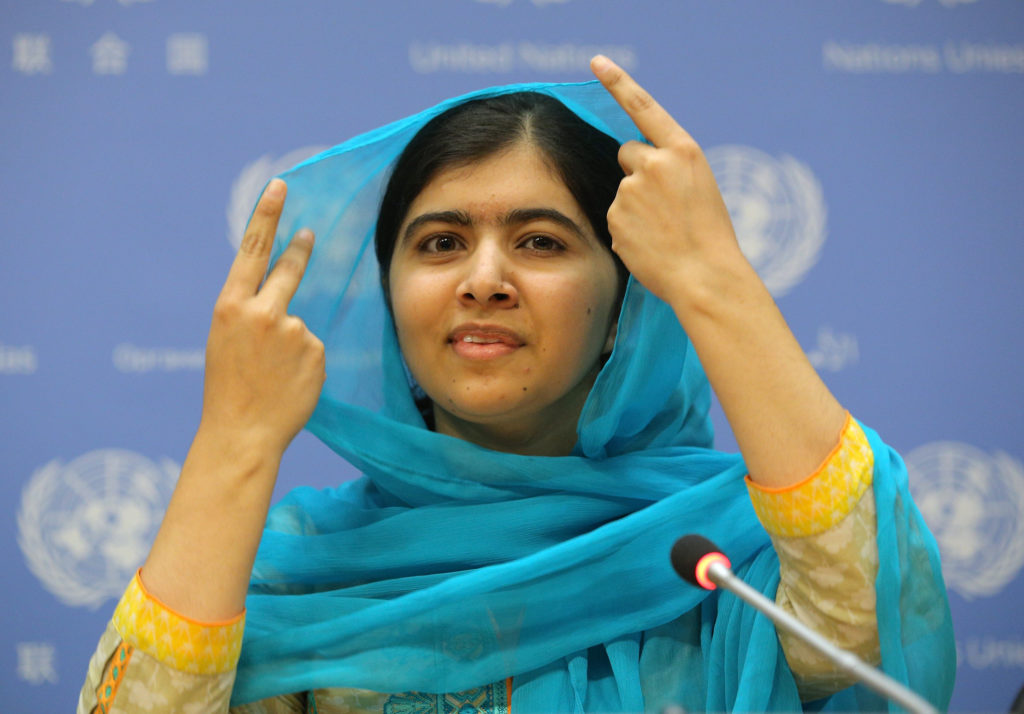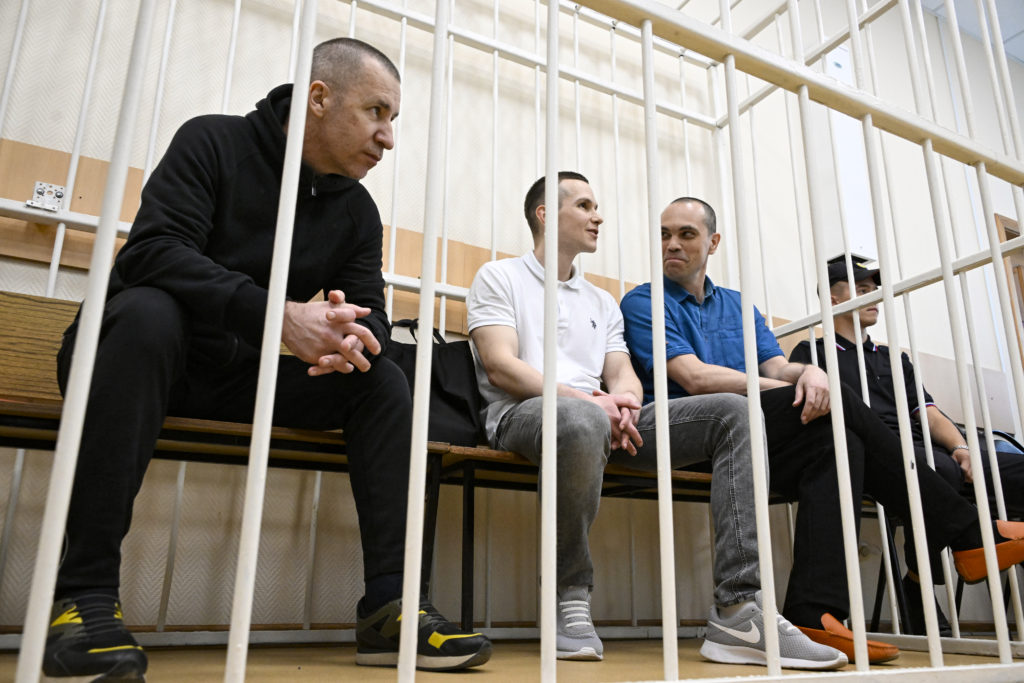Badminton’s Paralympics Games debut on Wednesday was hailed as a “dream come true” by players, 29 years after it became an Olympic sport.
Badminton was first played at the Olympic Games in Barcelona in 1992 and now 90 players will battle for medals in 14 events over five days at Tokyo’s Yoyogi National Stadium in the inaugural Paralympics tournament.
“It’s been a long, long time, 14 years for me actually,” said 30-year-old British player Krysten Coombs, who has been involved from the fledgling days of the sport.
“I was at the first tournament back in 2008 that had short stature,” added the men’s SH6 category world number five.
“It’s a dream come true and I can’t wait to get started.”
The honour of the first match win in Paralympics history went to Germany’s number three seed Valeska Knoblauch, who breezed past countrywoman Elke Rongen 21-7, 21-8 in the women’s WH1 category.
“It feels pretty amazing,” said Knoblauch, who also will go down as the player who hit the very first badminton serve in the Paralympics.
“I was very nervous. It’s so different to other tournaments.”
The International Paralympic Committee finally recognised the Badminton World Federation (BWF) as a para sports organisation in 2015 and selected it for Olympics inclusion at Tokyo, four years after the BWF had integrated para badminton into its structures.
“It’s been a long, long journey,” BWF secretary general Thomas Lund told AFP soon after the first matches concluded.
“It’s great after almost 10 years to be able to participate at the highest level that para sports can offer.
“After being involved in all the preparations for so long, it is always great to see the first shuttle fly into the air.”
– ‘Proud to be the first’ –
The sport makes quite a spectacle, with two courts set up for wheelchair play alongside two for standing athletes.
One major difference is that wheelchair singles take place on a playing area just half the width of the court.
The sport’s roots lie in Britain where it was initially played for recreation and rehabilitation until in 1995 the International Badminton Association for Disabled was formed, later integrated in the BWF.
Now it is played “in more than 80 countries across five continents” according to Lund.
The sport, like all para sports, is littered with heart-warming stories of athletes who have turned tragedy to inspirational triumph.
Ritah Asiimwe, Uganda’s number one, was in 2005 assaulted and woke up in hospital to find her right hand had been cut off.
Born a right-hander, she had to teach her body and mind to be left-handed, and was so successful that she is now Uganda’s number one para badminton player.
“I’m super excited to be here, with the most experienced players in the world,” said the 35-year-old Asiimwe, who plays in the SU5 women’s singles.
There are six categories of para badminton, with players in wheelchairs taking part in the WH1 or WH2.
Other categories are for standing players who have impairments to lower limbs (SL3/SL4), upper limbs (SU5) or are of short stature (SH6).
Dutch SU6 player Megan Hollander was glad simply to have made it to Tokyo after tearing her ankle ligaments in May and started playing again only a couple of weeks ago.
“The last few months were like hell,” said the 23-year-old.
“I’m still glad I made it and I’m back on court so it’s very, very good to be here.”
France’s Thomas Jakobs, who will contest both singles and doubles in the men’s WH2 category, said he was honoured to be taking part.
“We’re proud to be the first ones,” said the 30-year-old singles world number 15.
“All the players are beginning their Paralympic adventure. So everybody is equal.”











